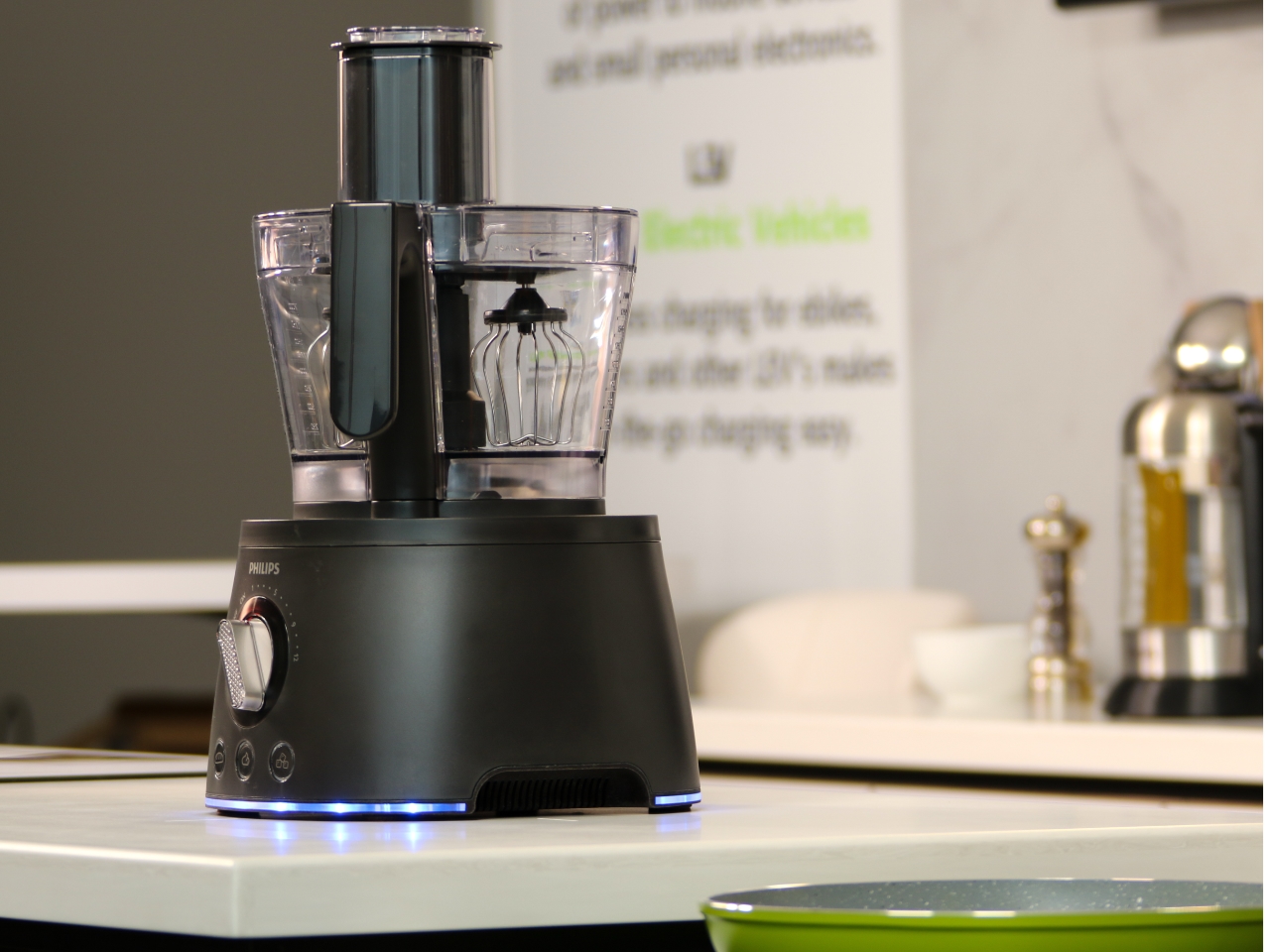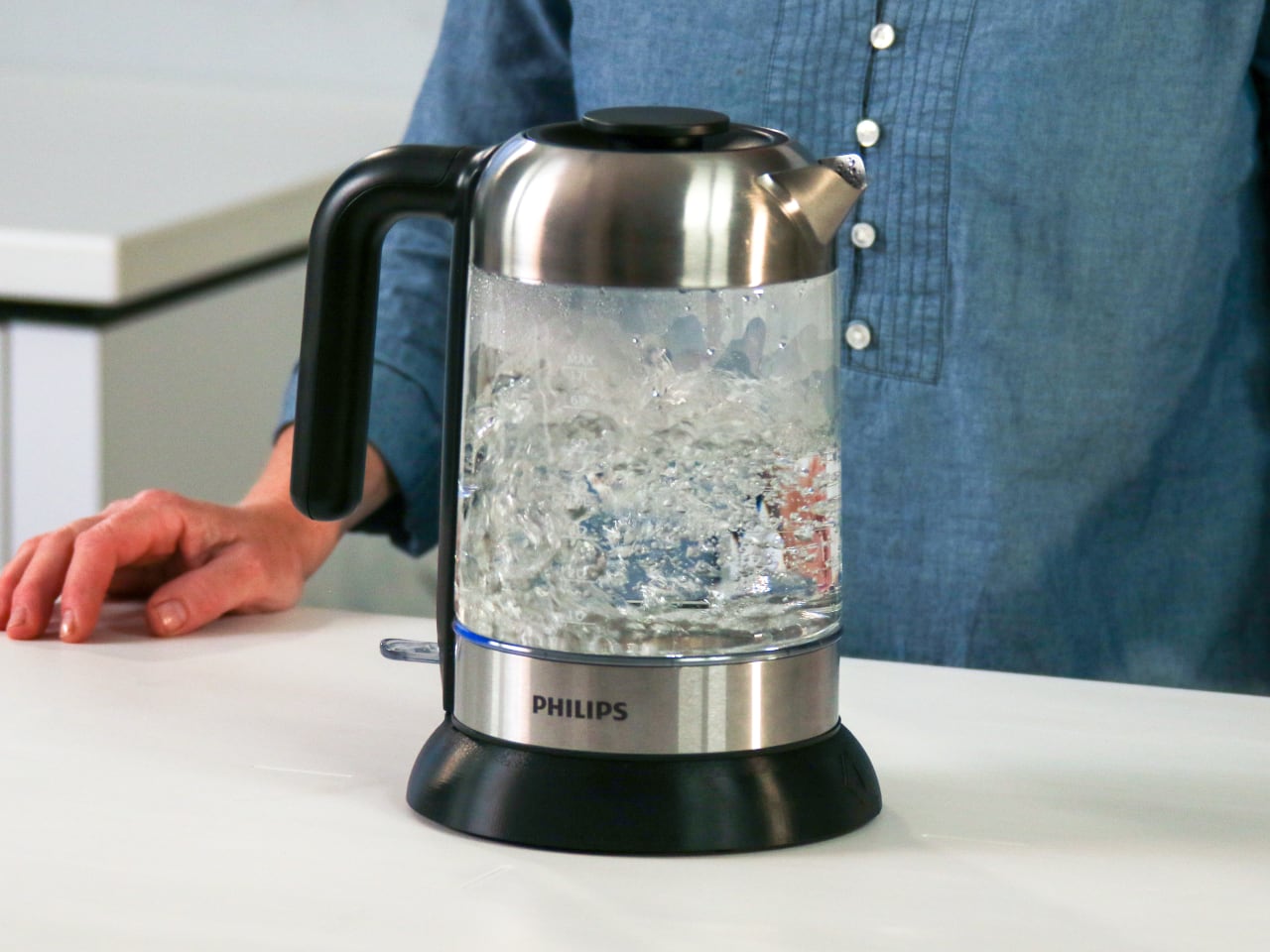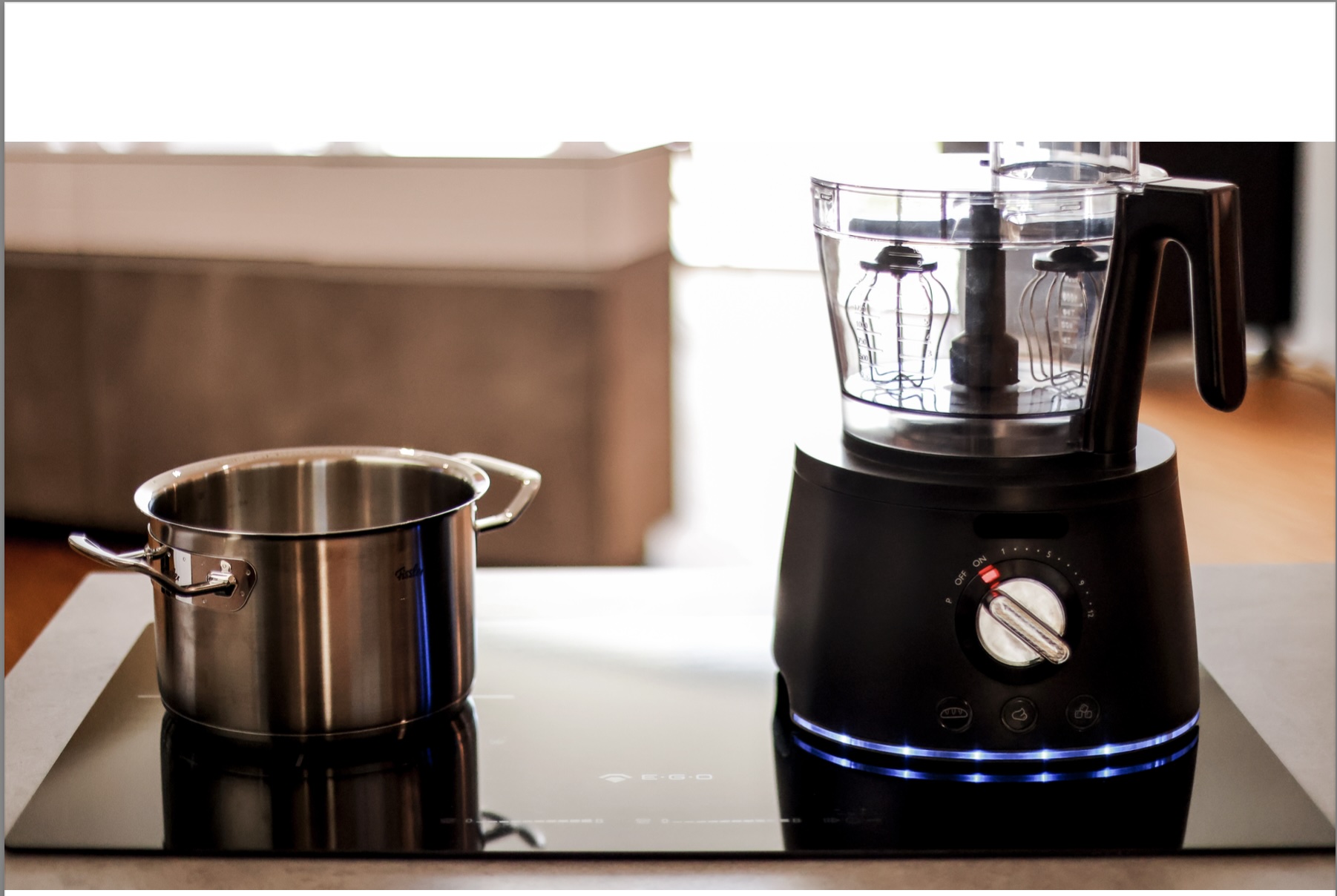Tag Archives: Wireless
ROG Rapture GT-BE19000AI: AI Router With WiFi 7
Wireless headphones concept sits on a charger that doubles as a speaker

Although they have been around for a long time already, it was the retirement of the 3.5mm headphone jack from smartphones that really caused a surge of interest in wireless headphones and earbuds. There is a wide variety of designs for over-ear cup headphones, most of them naturally focusing on the headphones themselves. The experience of using these accessories, however, doesn’t stop after you’ve taken them off, but most manufacturers seem to make charging headphones an afterthought. This design concept, in contrast, offers a more holistic experience, one that ensures you can continue enjoying your tunes even when your headphones are charging.
Designer: Zeta ID


Although it’s only too easy to lose one or two wireless earbuds, the small objects at least have a proper place to call their home. In contrast, larger wireless headphones have to be hung somewhere if they’re not left lying on a desk, and even then you have to remember to plug them in to charge. And, of course, you’re left with your phone or laptop speakers while its charging, perhaps with a noticeable loss in sound quality.
If earbuds and charging cases always come together, then maybe wireless headphones should also come with a wireless charger out of the box. That’s what the Eko concept tries to bring to the table, almost literally, offering a standard place where you know you’ll always find your headphones. Of course, it also charges while resting, so you can be sure that your personal listening device is always ready by the time you leave.


That stand, however, does more than just charge the headphones. It also functions as a Bluetooth speaker, so you can enjoy high-quality audio even when the headphones are docked. The concept doesn’t exactly say whether it can work independently of the headphones, but that’s often the case with Bluetooth speakers anyway. There can perhaps be a feature that could make it seamlessly switch between the headphones and the speaker as needed.
Eko also has a modern and stylish appearance, one that uses a streamlined band design instead of the usual circular cups. The speaker charging dock is a triangular prism that matches the dark motif of the headphones. One concern about the concept design is the comfort of the headphones themselves, as its speaker don’t seem to go over the ears like most designs and would instead press on it.



The post Wireless headphones concept sits on a charger that doubles as a speaker first appeared on Yanko Design.
Explore the New Inseego MiFi X PRO 5G Mobile Hotspot
The Inseego MiFi X PRO 5G Mobile Hotspot combines multi-carrier support, enhanced security features, and versatile connectivity for modern users.
The post Explore the New Inseego MiFi X PRO 5G Mobile Hotspot first appeared on Trendy Gadget.
Mini wireless table lamp adds a touch of luxury to indoor and outdoor settings

We all could use some lighting, whether indoors and especially outdoors at night. There is no shortage of lamp designs available for that purpose, and some of them can even be carried around and used outdoors. The majority of the latter, however, tend to take on more rugged aesthetics, as if expecting to always take a beating. It’s rare to see a general-purpose lamp that can be used whether indoors or outdoors and still look like a product that’s been designed with elegance and style in mind. That’s the combination that this small LED lamp is bringing to the table, quite literally, whether that table is inside the hotel lounge, beside the pool, or even a dining table under the starry night sky.
Designers: Peter Ellis, Gabriel Tam (Neoz)

There will always be a place for rugged portable lamps that can rough it out with adventurers and explorers, but those don’t cover the entire range of outdoor uses. What if you want to hold a somber and stylish nighttime get-together outdoors, far from where house lights and lamp posts can reach? You definitely can’t settle for a candlelight dinner, romantic as that might sound, and this petite but bright wireless lamp makes sure you don’t have to keep your guests in the dark.



Named for an Australian coffee known for its small shots and big punches, Piccolo has a similar appeal with its PVD steel conical body and drum-shaped polycarbonate diffuser with a ribbed surface that creates an interesting play of light and shadows through reflection and refraction. With a crystal-like top and a brushed metal body with finishes in Gold, Bronze, and Silver hues, the lamp generates an atmosphere that is elegant and luxurious, even when used outdoors.

With an IP64 rating, the Piccolo lamp doesn’t shy away from accidental spills or Mother Nature’s unpredictable temperament. It is completely wireless as well, running on a replaceable rechargeable battery, so you can put it anywhere you need both illumination and ambiance. The lamp is designed to look great in hospitality venues, outdoor nighttime gatherings, and, of course, anywhere inside your home or room.

Small as it may be, Piccolo has a big heart for the planet. It uses 75% post-consumer recycled plastic for its internal structure, along with more sustainable materials like stainless steel. The battery, LED light source, and even the diffuser are user-replaceable, extending the life of the lamp for years. Portable, weather-resistant, and elegant, Piccolo gives not just light but also a serene and uplifting atmosphere wherever you put it.
The post Mini wireless table lamp adds a touch of luxury to indoor and outdoor settings first appeared on Yanko Design.
WPC Unveils Ki Standard: A New Era for Cordless Kitchens

The Wireless Power Consortium (WPC) has announced the launch of the Ki standard, a breakthrough in bringing wireless power to the kitchen. Following the success of the Qi2 standard, which enhanced wireless charging for small electronics, the Ki standard eliminates the need for power cords in everyday kitchen appliances like blenders, toasters, and air fryers. Instead, appliances will communicate with a Ki power transmitter, which can be integrated into induction cooktops or hidden beneath countertops and kitchen islands. Delivering up to 2.2 kW of power, the Ki system promises to make kitchens more efficient, convenient, and safer while creating cleaner and more organized spaces.
Designer: Wireless Power Consortium (WPC)
Paul Struhsaker, Executive Director of WPC, explained how Ki will transform kitchen design. “Not only are we cutting the cord, but we’re eliminating it altogether,” Struhsaker said, noting that this advancement would inspire homeowners and designers to rethink how kitchens are used. Ki offers an innovative way to power smart appliances with greater convenience and flexibility, whether for new builds, remodels, or smart home upgrades.
New Possibilities for Kitchen Design
The introduction of the Ki standard opens up new design opportunities for kitchens. Without power cords, appliances are no longer restricted to placement near outlets. This freedom allows designers to create more open and modern layouts. With appliances able to sit on any Ki-enabled cooktop or countertop, there’s more room for creative solutions in kitchen design.

The ability to hide transmitters under countertops brings even more design flexibility. Kitchens can adopt sleek, minimalist looks, free from the clutter of cords. This feature will be especially useful in open-plan designs, where maintaining a streamlined aesthetic is important.

In addition to improving the look of kitchens, the Ki system enhances safety. Accidents are less likely to happen if no cords get tangled or cause trips, particularly in homes with children. The system’s wireless power shuts off automatically when an appliance is removed from the cooktop or transmitter, keeping surfaces cool and reducing the risk of burns.
Smarter Appliances
Ki also introduces smarter appliances. Future Ki-enabled devices will offer advanced features that allow users to control them remotely via smartphones. These smart functions will provide more control over cooking and make kitchens safer and more convenient.

Ki Wireless powering food processor bottom-lit
For designers, this brings an opportunity to incorporate advanced technology into kitchen layouts. Smart appliances connected through the Ki system will be part of the growing trend of smart home integration, offering homeowners easier ways to manage their kitchens.
Space Efficiency and Flexibility
Ki helps improve kitchen space utilization by removing the need for power cords. Without cords cluttering countertops, appliances can be placed more efficiently, and storage areas can be used more effectively. Transmitters hidden under countertops also allow for clean, unobstructed surfaces.
This feature will appeal to those designing smaller kitchens or maximizing the available space in larger ones. With fewer restrictions on where appliances can go, Ki enables more creative and functional kitchen designs.
Next Steps for Kitchen Technology
The development of the Ki standard has involved collaboration from leading appliance brands such as Midea, Beko, Philips, Miele, and E.G.O. These companies are working with WPC to bring Ki-enabled appliances to market, with certification testing expected to begin by the end of 2024.

Ki Wireless powering kettle to boil water
WPC’s certification process ensures that Ki-enabled products meet the highest standards for safety and interoperability. Once certified, products will display the Ki logo, assuring consumers that their appliances meet the standard.

Ki Wireless Power Blender and Pot on EGO cooktop
As Ki becomes more widespread, companies are encouraged to join WPC and use this new technology. With the potential to reshape kitchen spaces, Ki offers designers and manufacturers a chance to lead the next generation of kitchen innovation.
The post WPC Unveils Ki Standard: A New Era for Cordless Kitchens first appeared on Yanko Design.
Archer BE19000 Tri-Band Wi-Fi 7 Gaming Router
TP-Link's Archer BE19000 Wi-Fi 7 Gaming Router offers 19 Gbps speeds, dual 10 Gbps ports, game acceleration, and RGB lighting for an enhanced gaming experience.
The post Archer BE19000 Tri-Band Wi-Fi 7 Gaming Router first appeared on Trendy Gadget.
Logitech Keys-To-Go 2: Multi-Device Wireless Keyboard
Logitech Keys-To-Go 2: a portable wireless keyboard for tablets, phones, and laptops. Compatible with multiple OS, it features eco-friendly materials.
The post Logitech Keys-To-Go 2: Multi-Device Wireless Keyboard first appeared on Trendy Gadget.
Logitech’s Slim Keyboard & Combo, It’s New!
Elevate your workspace with Logitech's sleek Signature Slim Keyboard & Combo! Seamlessly switch between personal & work tasks with ease.
The post Logitech’s Slim Keyboard & Combo, It’s New! first appeared on Trendy Gadget.
MaxRanger4K: Solar-Powered Security, Unmatched Range!
Upgrade your security game with MaxRanger4K Solar Camera! Long-range, solar-powered, and smart detection—keeping your property safe has never been easier!
The post MaxRanger4K: Solar-Powered Security, Unmatched Range! first appeared on Trendy Gadget.